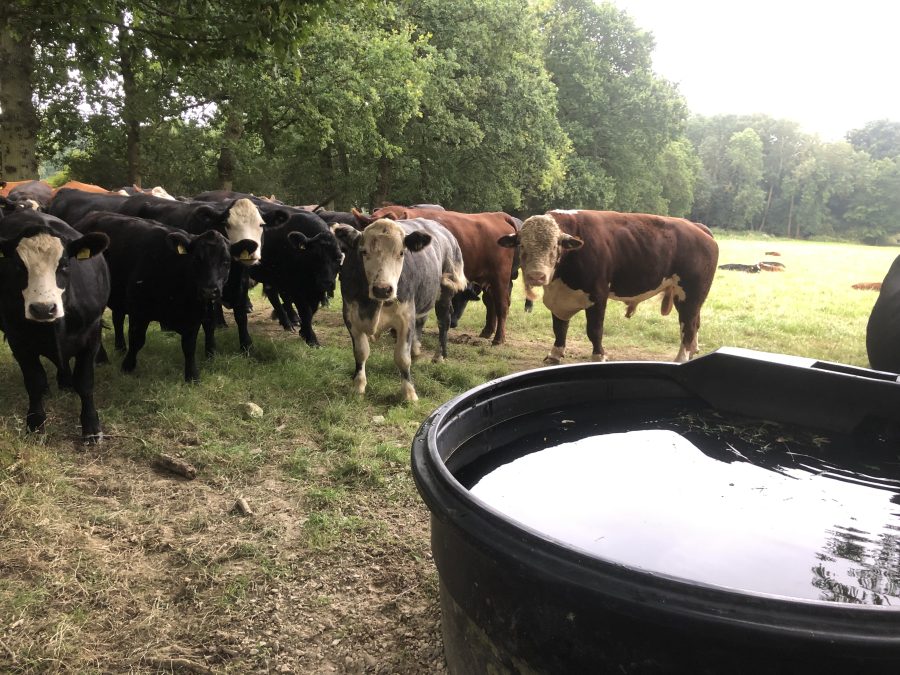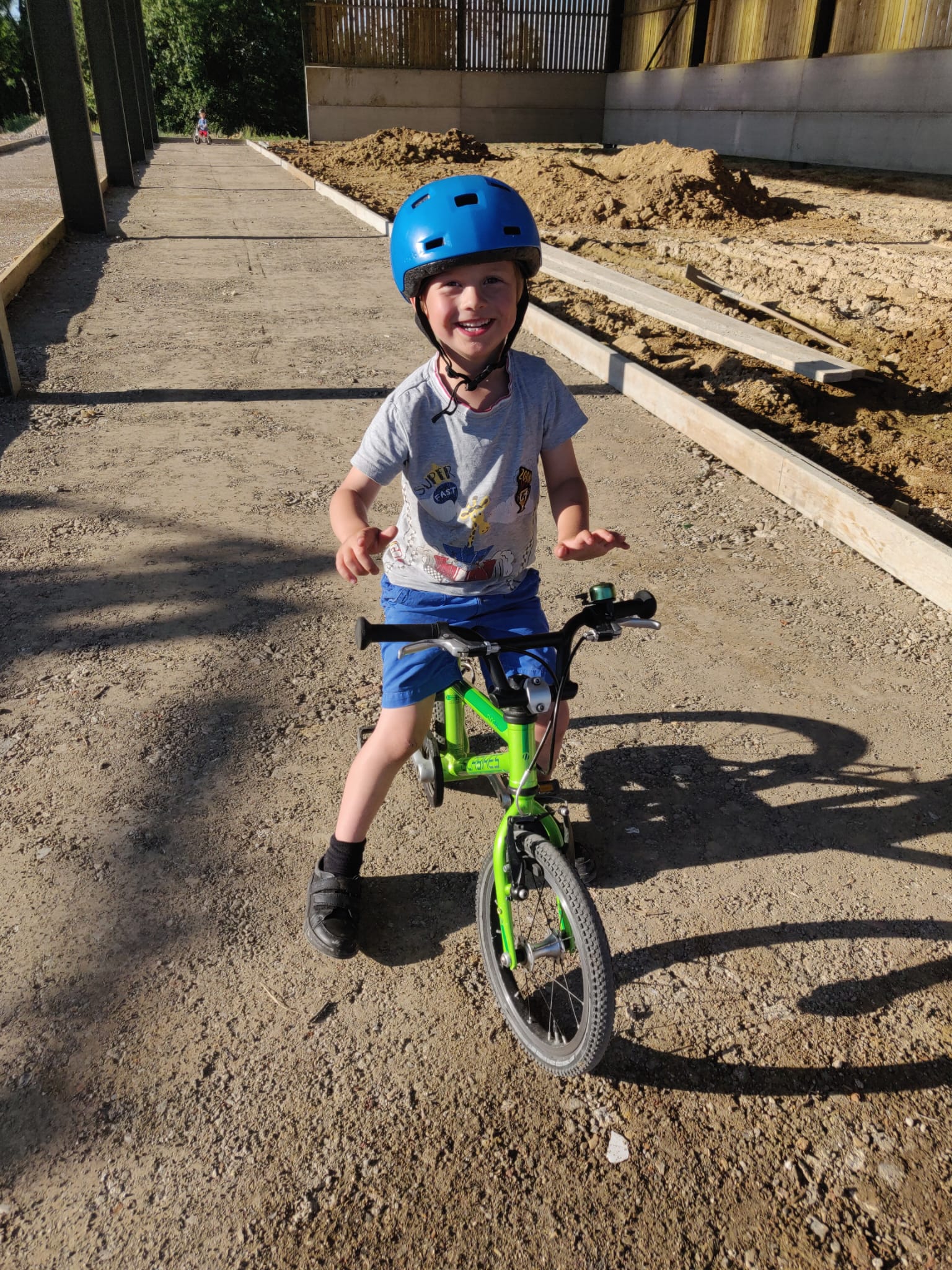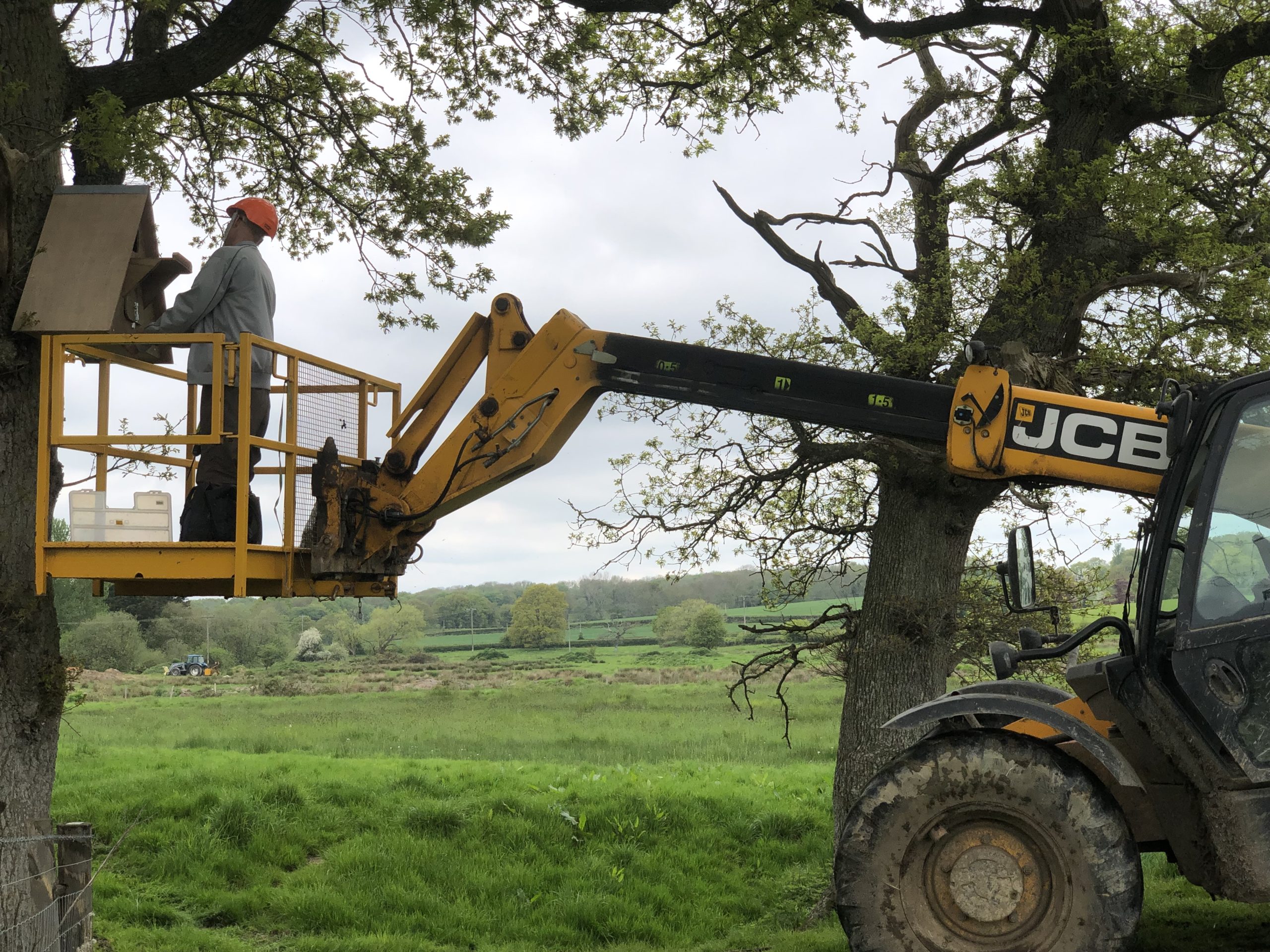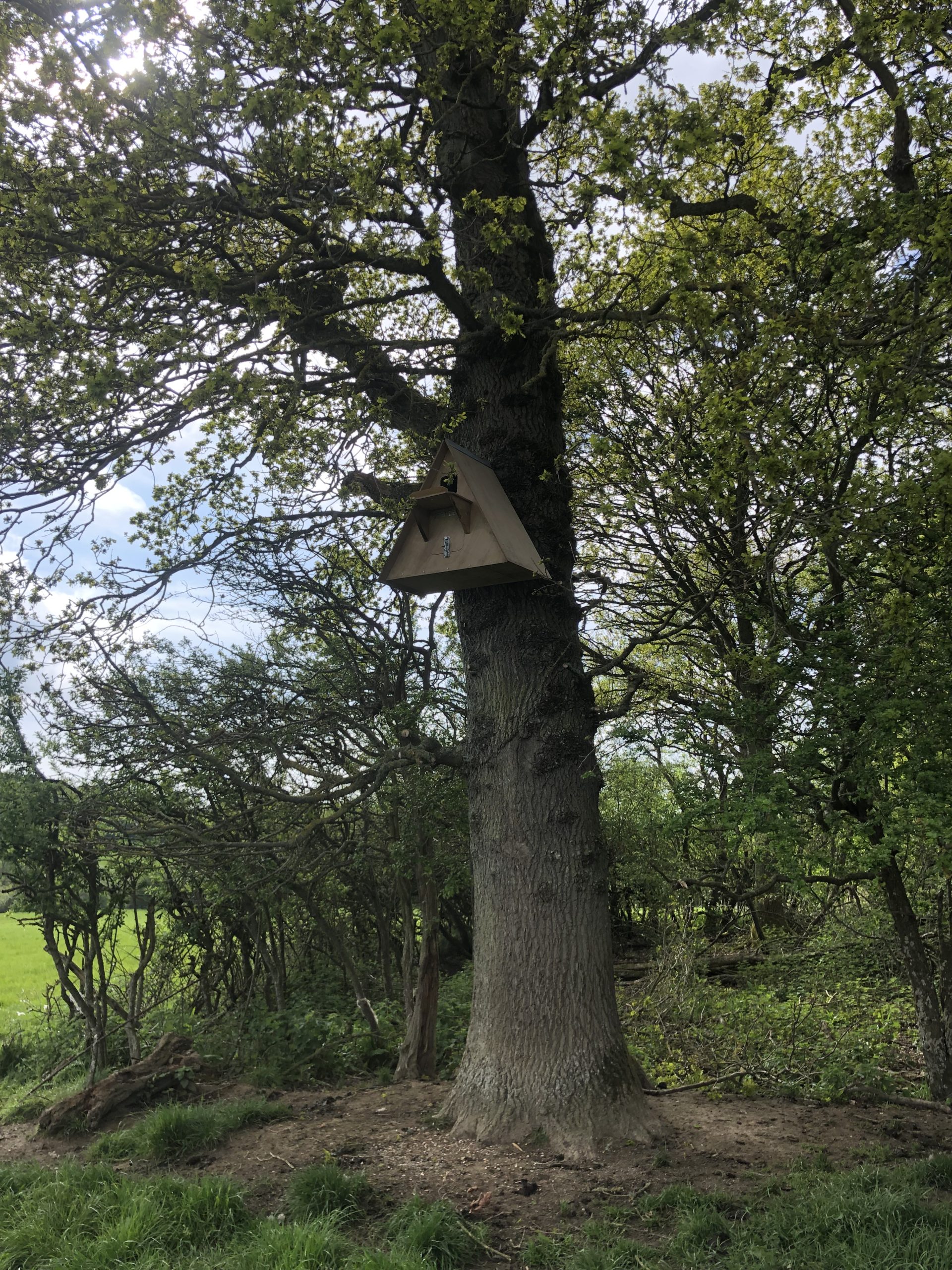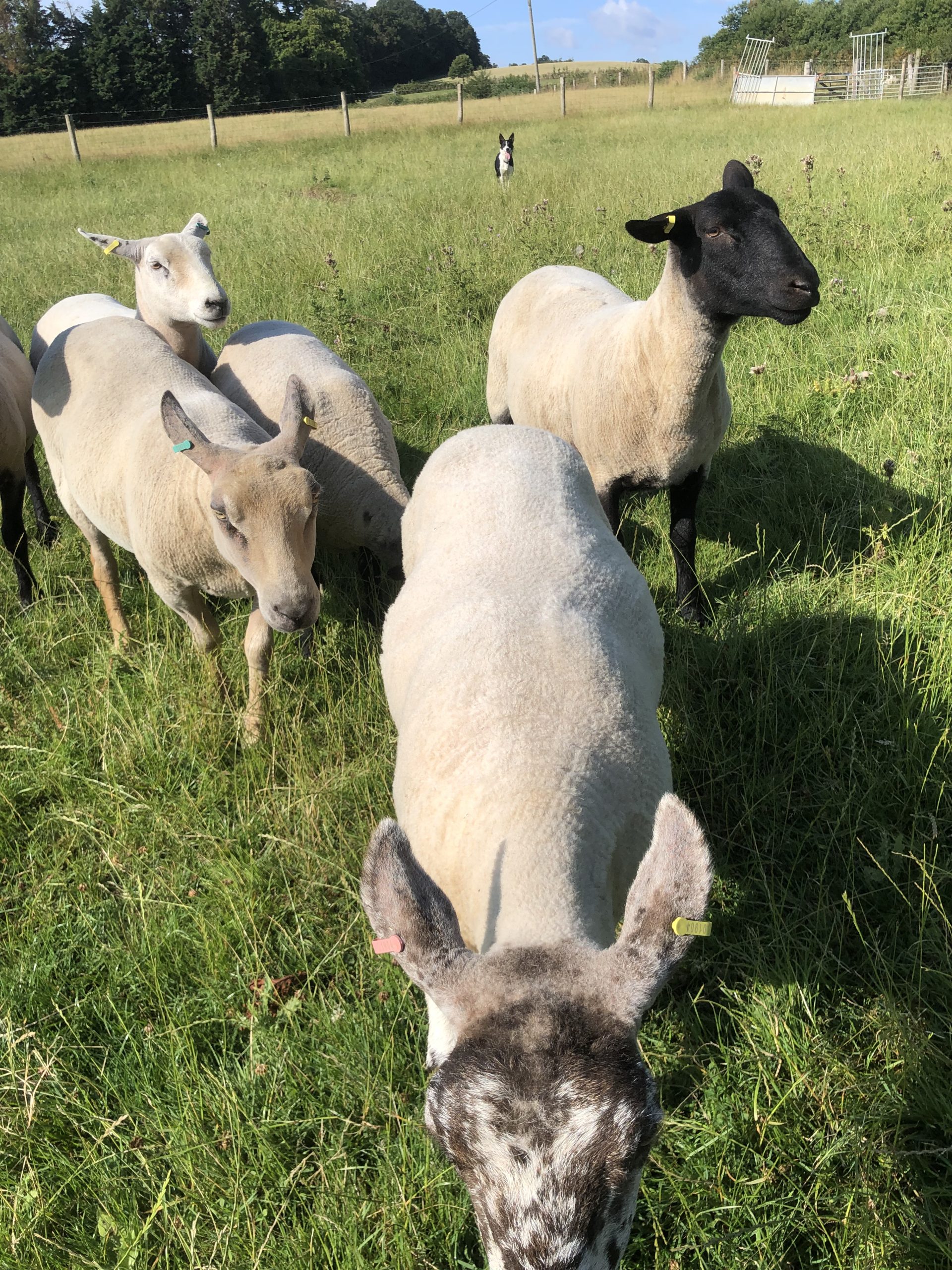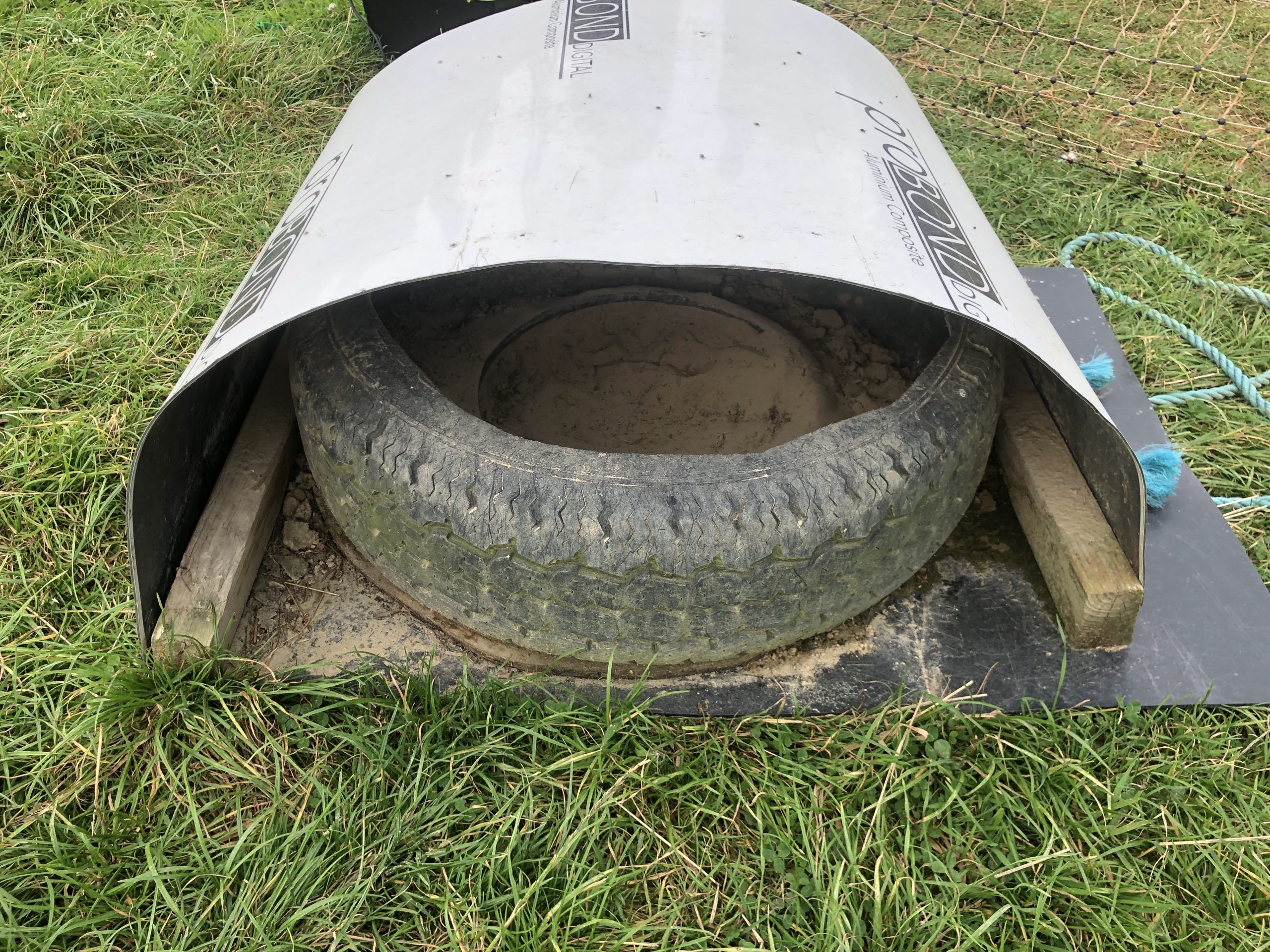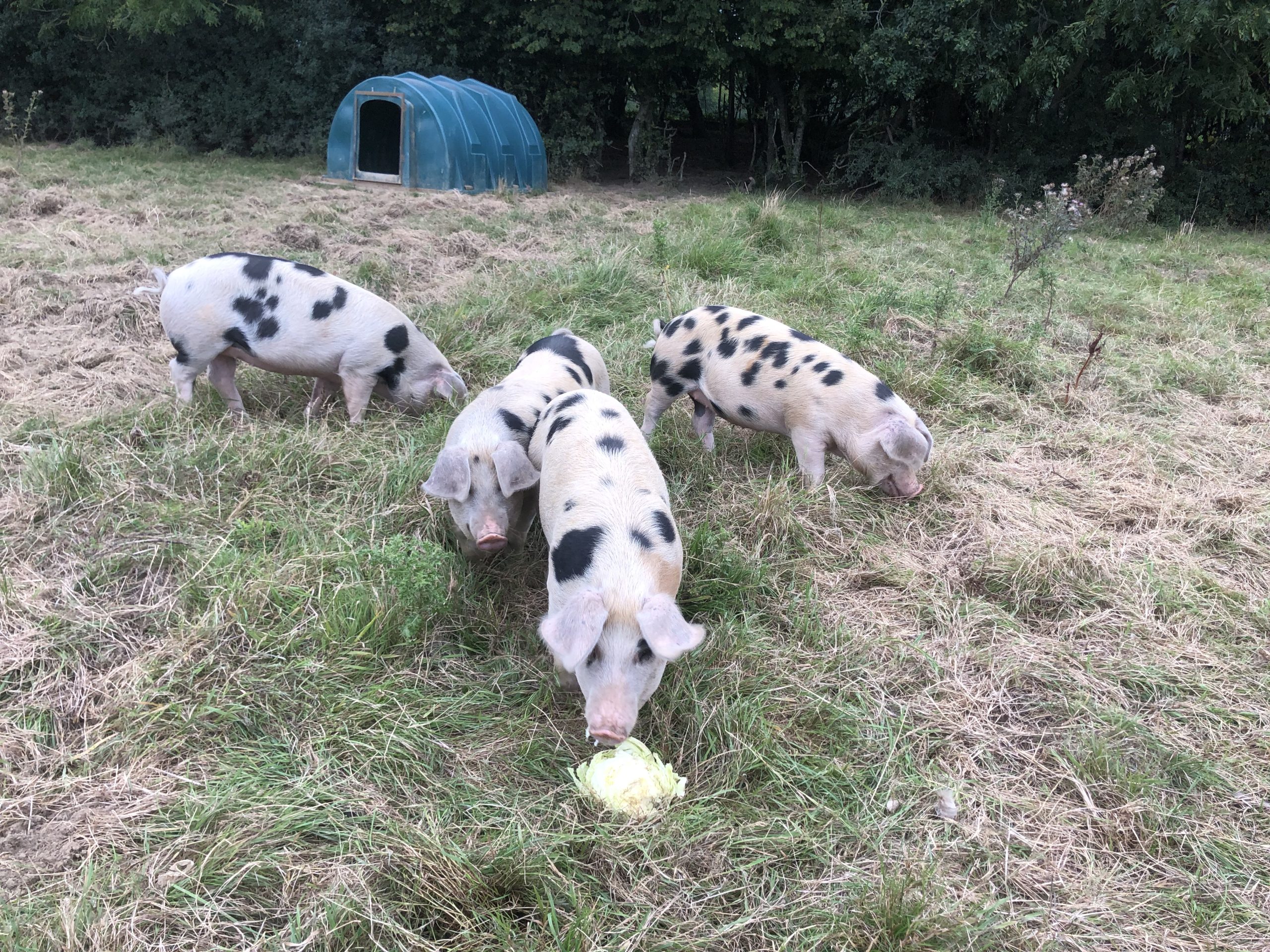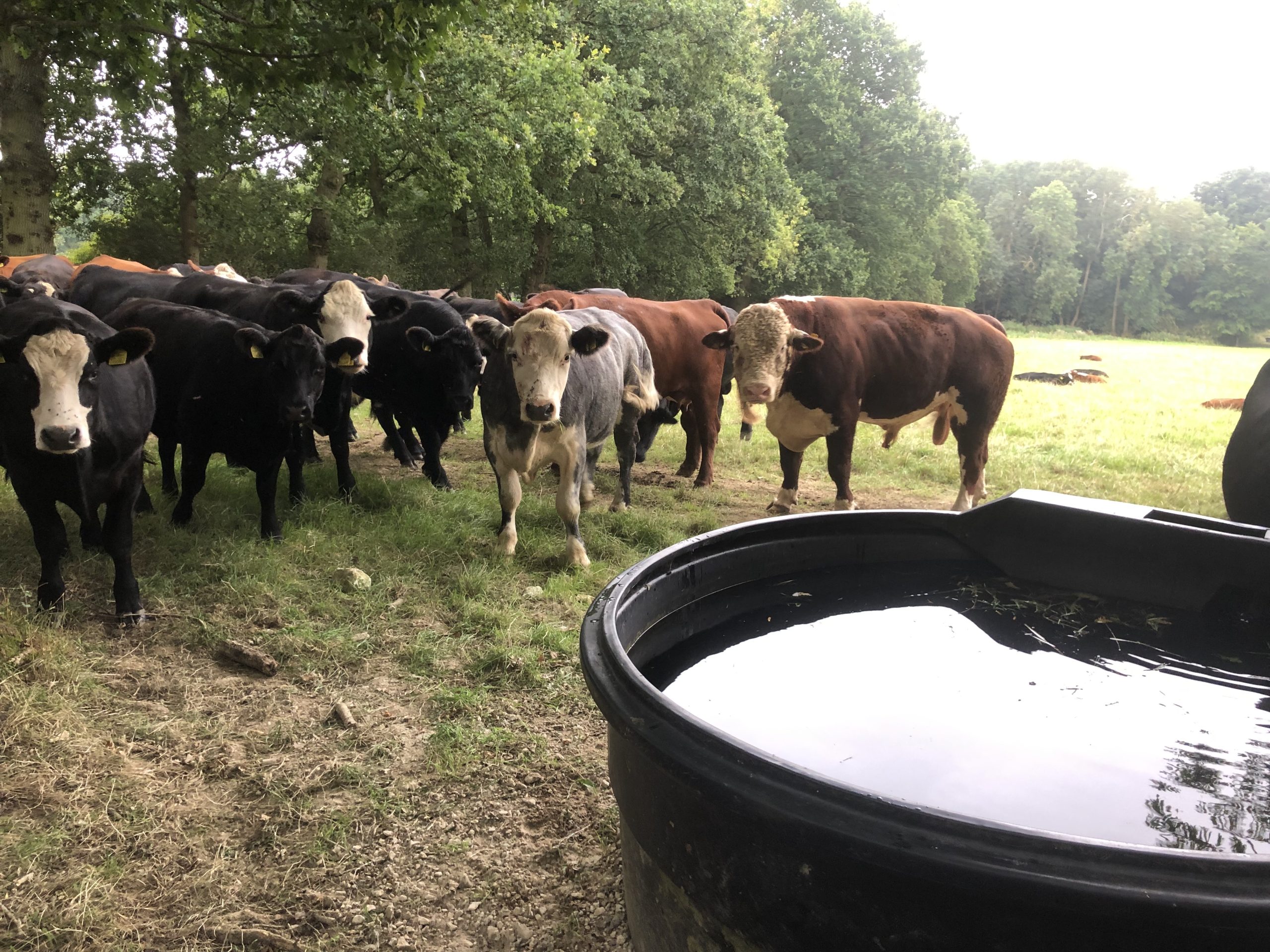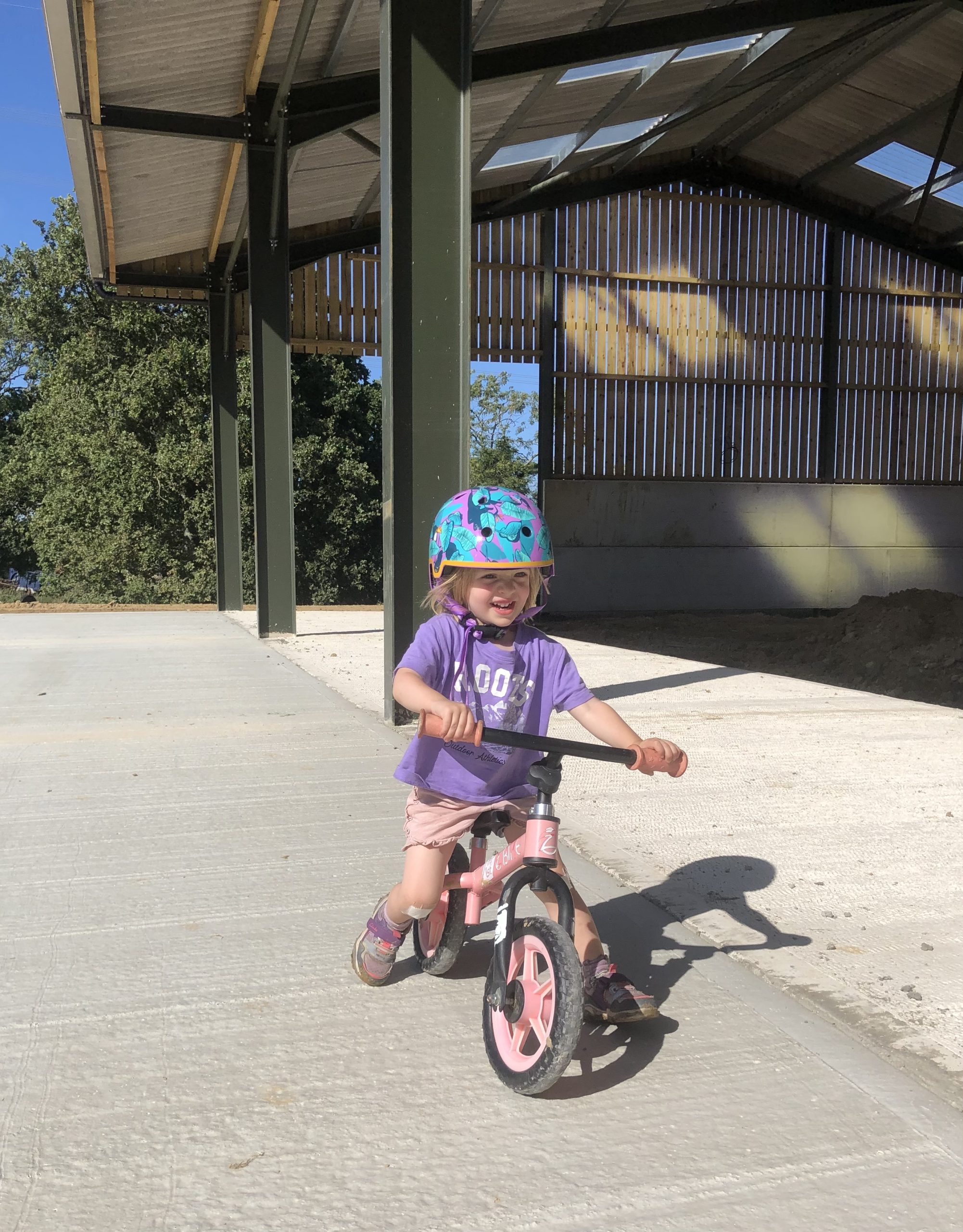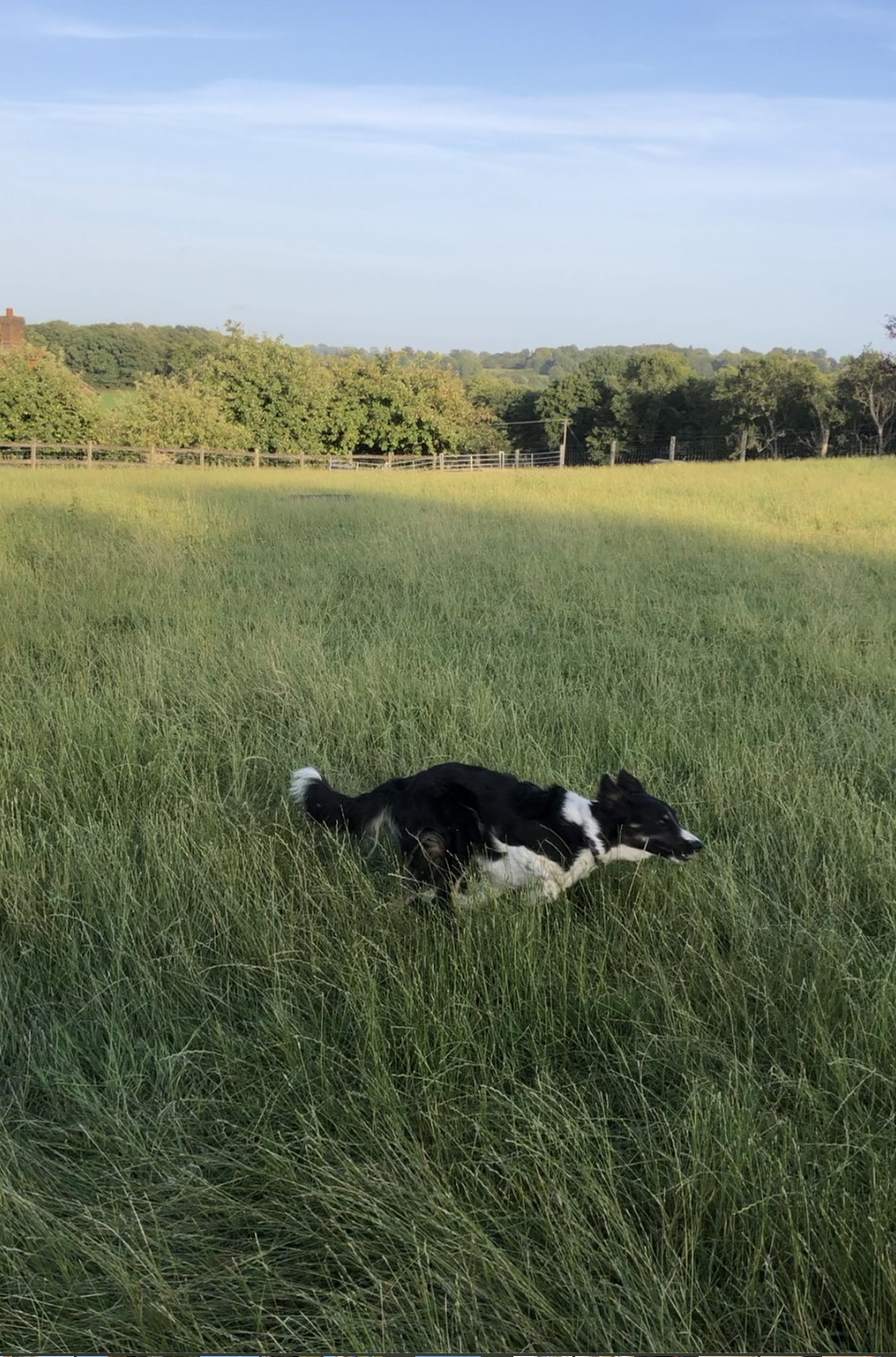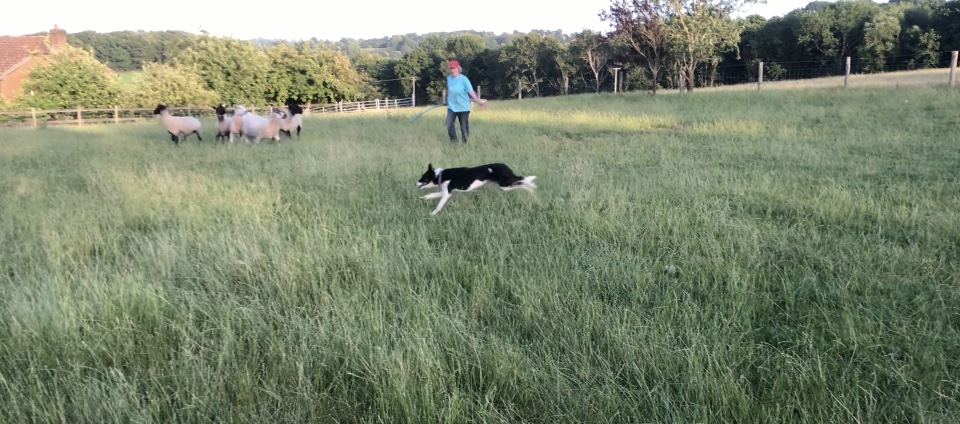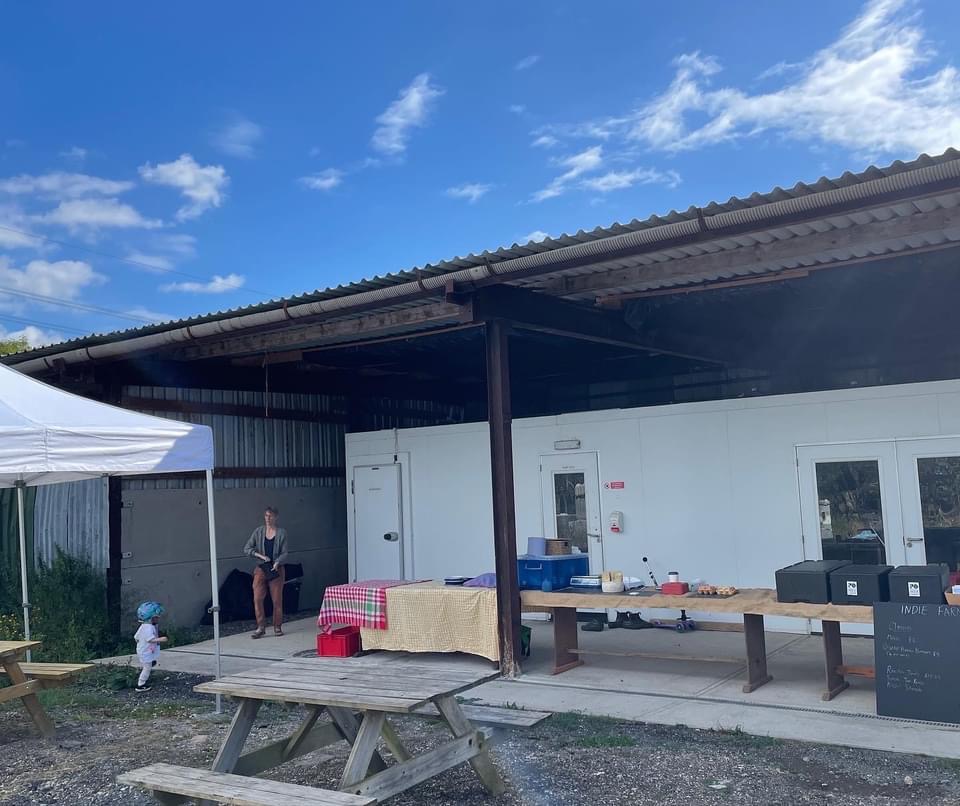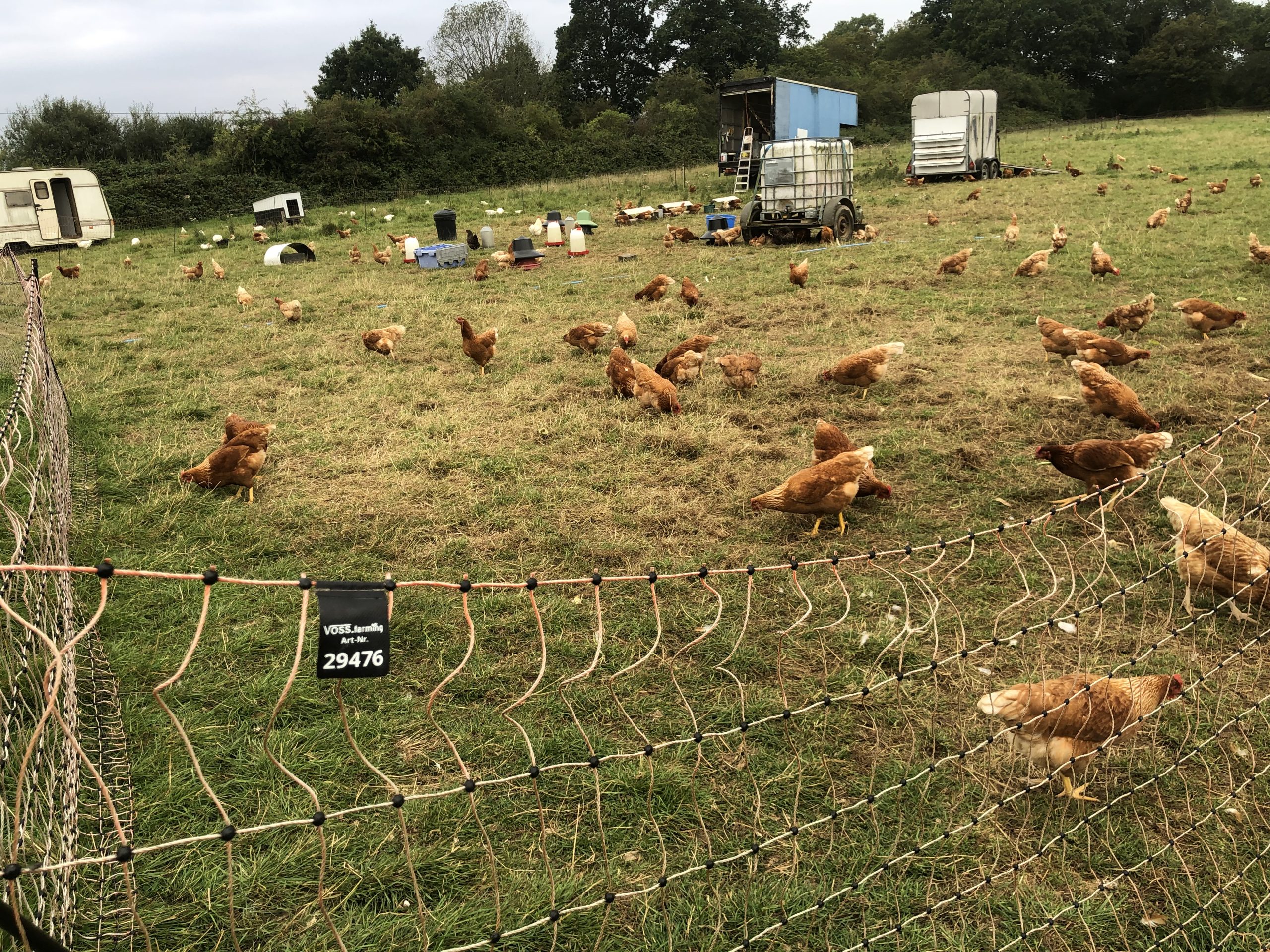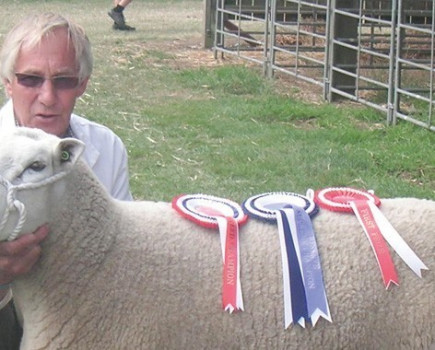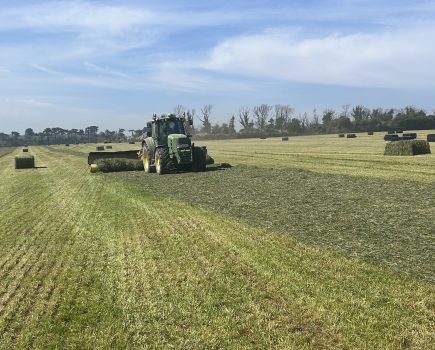Farmers recently had an opportunity to meet Stacey Robins, Wealden Council’s head of planning, to discuss the general lack of support for farmers and diminishing agricultural infrastructure. The meeting was held at Montague farm, Hankham, with the host Martin Hole setting the tone as “not for airing personal grievances but to look at possible solutions for the future”. It was well attended and many people voiced their opinions, with several valid points raised.
We heard about the challenges faced by Wealden Council, farmers, those who run abattoirs, the present livestock market and the proposed new location. Ms Robins hinted that the new market site was ‘doable’, but that there were issues, mainly regarding possible queuing off the roundabout, flooding and noise sensitivity, that needed sorting. It’s going to be a long process. Apparently the planning department currently has six vacancies which it is struggling to fill, so if anyone wants a career change, you could bear this in mind.
Alternatively, if running an abattoir as an add-on to your business is appealing, John Marland, chair of the Farming In Protected Landscapes for High Weald grant panel, said there would be substantial funding available for any farmers in this area who wanted to set up a new abattoir. I feel that most farmers have their hands full.
There’s a strong demand for local meat but the lack of abattoir capacity needs solving. We should be thankful for the abattoirs we’ve got and give them our full support. Guy MacNaughton from LARK (Local Abattoirs R Key) has campaigned tirelessly to get the regulatory burden on these businesses reduced. Unless this is changed, more small abattoirs will close – the latest under threat being Black Brow in Cumbria – and new ones will not open, leading to further contraction of the industry and more farmers without services.
We left the meeting with a glimmer of hope that Wealden Council recognises the importance of agricultural infrastructure for farmers’ survival. Ms Robins proposed holding a future meeting “to keep talking”. It’s a start, but I’d have preferred positive action.
The meeting highlighted political influence on local councils’ policy. Farmers need to get their message over to councillors and MPs. Right now the Government is pushing councils to allow more housing to be built. Sadly, feeding the people who live in those houses is not yet a priority, but I’m optimistic that future governments might understand the need for home-produced food.
On our farm we’re providing three potential new homes, but these are designed for the use of barn owls. I would be so happy if we manage to attract any of these beautiful birds to take up residence on our land. The Sussex Barn Owl Study Group has advised us regarding habitat and location and will monitor the boxes, which are now all installed on oak trees. Shepherd hut guests have reported sighting one flying nearby, so fingers crossed.
During the summer we’ve been working on getting our new livestock building fit for purpose. Two concrete strips have been laid, one on the outside and one on the inside, where the cattle will feed. The grandchildren have enjoyed using these as bike tracks; they’ll be disappointed when the feed barriers are installed.
There’s been discussion over tipping water troughs (more expensive) or not, inside or outside (sacrificing feed space). Questions on internal gates and layout have added to the decisions to be made. The lead time on all the necessary fitting is apparently eight to 10 weeks. Manufacturers are flat-out struggling to keep pace fulfilling items within the time limits imposed by government grant funding.
We managed to get a couple of pens of lambs into market pre-weaning, the heaviest being 46kg and the lightest 41kg. They were drawn from the flock that has had one worming and no supplementary feeding, grazing in fields and woods along with a herd of cattle. They looked well and fetched good money. I’ve now weaned.
My triplet/spare/problem flock has been trough fed and is coming on nicely. This system has eliminated what I would class as ‘non-doers’. I’m hoping to be able to draw some on a regular basis from now on; grass growth is good.
Sorting through ewes is on my list; never a dull moment. Sheep dog training is ongoing, with good days and bad days. I’m learning to walk backwards at speed. The sheep that clue up learn it’s best to stand close to me, virtually knocking me over. The youngsters are indisputably delightful company, although we continue to have different opinions over perfume choices.
We’ve been gradually finishing cattle, some sold and others supplying Nigel’s meat trade in beef boxes and individual requirements. Our monthly pop up is gaining in popularity, with the next sale planned for September 16, 10am-1pm, selling beef, Pevensey Blue cheese and delicious flat bread pizza.
The weather conditions have been challenging for arable growers and I’m glad we no longer do harvesting contract work; it must be a nightmare deciding where to go first. We’ve bought a trailer load of oats straight from the field to have in our grain store for feeding whole to the sheep as required.
Pasture for Life recently held a Women in Livestock Farming farm tour and barbecue. I ignored my ever increasing ‘to do’ list and the beseeching “can we come?” looks from the dogs and sneaked away to visit Brightleigh Farm, Redhill. Penny Franklin kindly showed us around; we saw free range chicken, layers and meat birds. Interestingly these are not shut up at night but have guard dogs in with them providing protection from predators. I liked the chicken dust baths; I’m going to make one for my hens.
Next we met the outdoor pigs who had access to woodland and pasture. A cabbage had rolled under the electric fence, so I threw it back into the pigs, which proved entertaining as they all wanted to run off with it.
We then met the cattle herd, which is mob grazed and of mixed ages and includes three bulls, which amazed me. Apparently they don’t fight because they’ve always been kept together. It was an inspiring event. There’s always something to learn when interacting with other farmers.
- Grandson Angus enjoying the bike track
- Putting up the barn owl boxes
- Potential new homes for barn owls
- Training in progress, sheep keen to stay close
- Delicious Pevensey Blue pizza
- Sand bath; I’m going to make one
- Brightleigh Farm, mob grazed cattle
- Granddaughter Anna enjoying new facilities
- Come bye Mollie
- Tip away round sheep
- Setting up for pop up sale
- Brightleigh farm, free range hens

